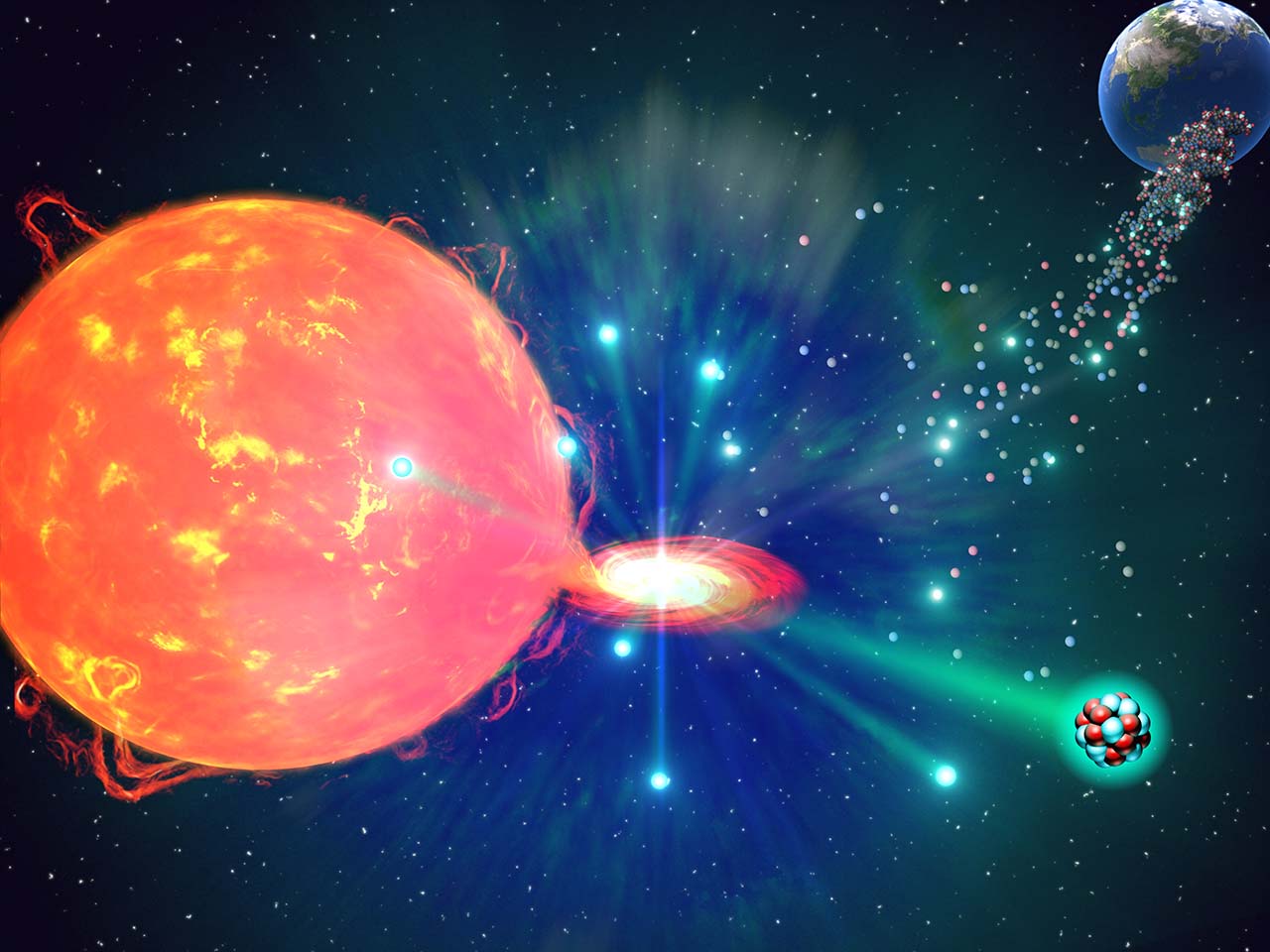
Astronomers have proposed a new theory to explain the origin of phosphorus, one of the elements important for life on Earth. The theory suggests a type of stellar explosion known as ONe novae as a major source of phosphorus.
After the Big Bang, almost all of the matter in the Universe was comprised of hydrogen. Other elements were formed later, by nuclear reactions inside stars or when stars exploded in events known as novae or supernovae. But there are a variety of stars and a variety of ways they can explode. Astronomers are still trying to figure out which processes were important in creating the abundances of elements we see in the Universe.
In this study, Kenji Bekki, at The University of Western Australia, and Takuji Tsujimoto, at the National Astronomical Observatory of Japan, proposed a new model based on oxygen-neon novae, denoted as "ONe novae," to explain the abundance of phosphorus. A ONe nova occurs when matter builds up on the surface of an oxygen-neon-magnesium rich white dwarf star and is heated to the point to ignite explosive run-away nuclear fusion.
The model predicts that a large amount of phosphorus will be released in a ONe nova and that the number of novae will depend on the chemical composition, specifically the iron content, of the stars. The researchers estimate that the rate of ONe novae peaked around 8 billion years ago, meaning that phosphorus would have been readily available when the Solar System started to form around 4.6 billion years ago.
The model predicts that ONe novae will produce a chlorine enhancement similar to the phosphorus enhancement. There is not yet enough observational data for chlorine to confirm this and it provides a testable hypothesis to check the validity of the ONe novae model. Future observations of stars in the outer part of the Milky Way Galaxy will provide the data needed to see if the predicted iron dependency and chlorine enhancement match reality, or if a rethink is needed.
Release Information
Researcher(s) Involved in this Release
- Takuji Tsujimoto (National Astronomical Observatory of Japan)
- Kenji Bekki (ICRAR, The University of Western Australia)
Coordinated Release Organization(s)
- National Astronomical Observatory of Japan
Paper(s)
- Kenji Bekki and Takuji Tsujimoto "Phosphorus Enhancement by ONe Novae in the Galaxy" in The Astrophysical Journal Letters, DOI: 10.3847/2041-8213/ad3fb6






